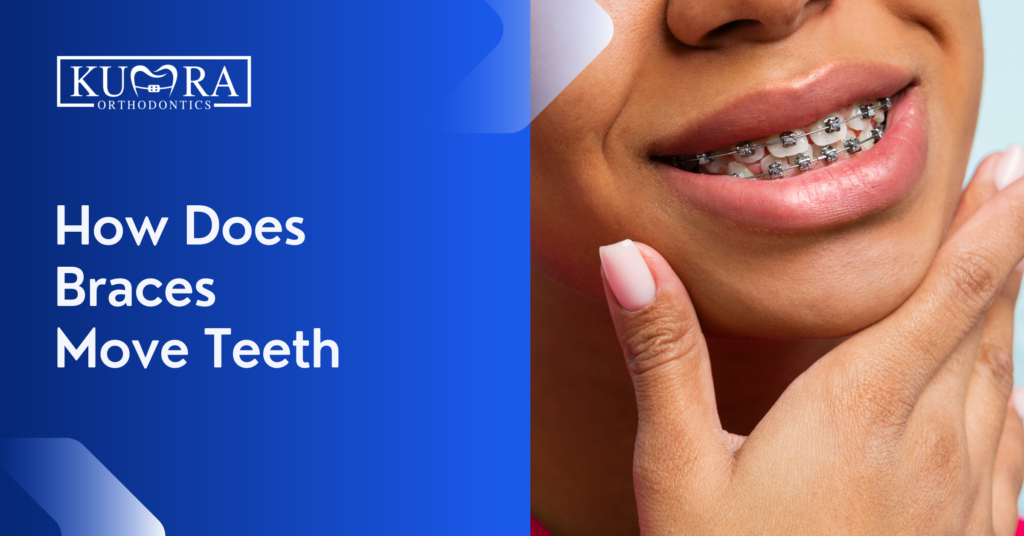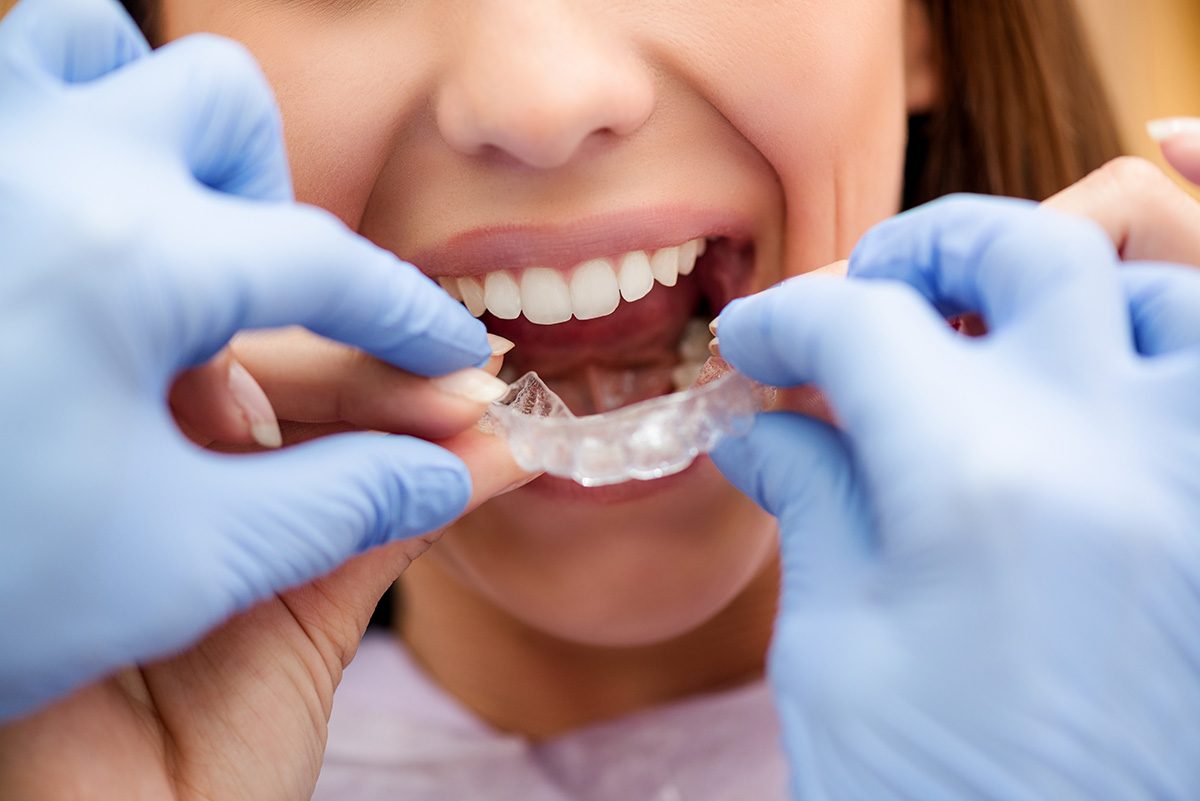Legacy Orthodontics Can Be Fun For Everyone
Legacy Orthodontics for Dummies
Table of ContentsThe Facts About Legacy Orthodontics UncoveredNot known Incorrect Statements About Legacy Orthodontics The Facts About Legacy Orthodontics RevealedSome Known Details About Legacy Orthodontics A Biased View of Legacy Orthodontics
At Advanced Orthodontics, we give clients with a all natural treatment experience. In enhancement, we provide adjustable treatment timetables, adaptable settlement alternatives and a fun, pleasurable experience. leesburg orthodontics. Telephone call ( 480) 357-4900 today for more details and timetable a visit.An orthodontist is a dentist educated to detect, protect against, and treat teeth and jaw abnormalities. They remedy existing conditions and are trained to recognize problems that might establish in the future. Orthodontists deal with individuals of any ages, from kids to grownups. People commonly connect a perfect smile with healthiness.
Malocclusion, or misaligned teeth, can result in oral issues, including tooth decay, gum tissue disease, and difficult or agonizing eating. Not every person is born with straight teeth. If you have a poor bite or huge spaces in between your teeth, you may wish to speak with a dental practitioner specializing in orthodontic care.
6 Easy Facts About Legacy Orthodontics Shown
( Picture Debt: DigitalVision/Getty Images) Orthodontists utilize repaired and removable dental devices, like braces, retainers, and bands, to change the position of teeth in your mouth. Orthodontic treatment is for oral problems, consisting of: Crooked teethBite problems, like an overbite or an underbiteCrowded teeth or teeth that are as well much apartJaw misalignmentThe goal of orthodontic therapy is to enhance your bite.
While you might believe of orthodontists as generally for children or teens that require dental braces, they can fix oral issues at any type of age. Orthodontists go to college, oral college, and orthodontic school.
, yet not all dental practitioners are orthodontists. They focus on two areas: How to properly and safely relocate teeth Exactly how to appropriately assist advancement in the teeth, jaw, and faceOnce an orthodontist has finished training, they have the alternative to end up being board certified.
Not known Details About Legacy Orthodontics
Imbalance, or malocclusion, is the most common factor people see an orthodontist. It is hereditary and is the result of size differences in between the top and lower jaw or in between the jaw and teeth. Malocclusion results in tooth overcrowding, an irregular jaw, or irregular bite patterns. Malocclusion is typically treated with: Your orthodontist affixes metal, ceramic, or plastic square bonds to your teeth.
If you have only minor malocclusion, you may be able to make use of clear braces, called aligners, as opposed to traditional braces (https://www.figma.com/design/kgqCY8l54dyz5KdMEWTWil/Untitled?node-id=0-1&t=R12PkCtJ5eBOkvHF-1). Some individuals need a headwear to help relocate teeth into line with stress from outside the mouth. After dental braces or aligners, you'll need to wear a retainer. A retainer is a customized tool that maintains your teeth in position.
They can create added space in the mouth without having to draw teeth. Orthodontists use cables, medical screws, or plates to sustain your jaw bone.
You may need to see an orthodontist if you have: Crowding or not adequate area for every one of your teethOverbite, when your top teeth come by your bottom teethUnderbite, when your base teeth are also much forwardSpacing or concerns with gapsCrossbite, which is when your upper teeth fit behind your base teeth when your mouth is closedOpen bite or an upright void between your front bottom and upper teethMisplaced midline, when the facility of your base and top teeth do not align Dealing with a dental malocclusion can: Make biting, eating, and talking easierImprove the proportion of our face and your general appearanceEase discomfort from temporomandibular joint disordersDifferent your teeth and make them simpler to clean up, helping prevent dental cavity or tooth cavities It's often a dental professional that initially notices misaligned teeth throughout a routine exam.
Our Legacy Orthodontics Statements

During your initial orthodontic appointment, you'll likely have: A dental examPhotos taken of your face and smileDental X-raysPanoramic (360 level) X-rays of your face and headImpressions to read the article create mold and mildews of your teethThese tests will help your orthodontist recognize how to wage your therapy. leesburg clear braces. An orthodontist is a dental professional that's had training to treat your teeth and jaw
Orthodontists might do surgical procedure, exams,X-rays,and more to aid you attain an extra comfortable, healthier smile. An orthodontist is focused on your bite, so something like a broken tooth would be handled by a dental expert. Orthodontists are dentists yet not all dental professionals are orthodontists. Orthodontists are concentrated on your bite, or the method your teeth fit together, and the straightness of your teeth.
Ever wondered how celebs always appear to have completely lined up teeth? The answer often hinges on the experienced hands of an orthodontist. What exactly does an orthodontist do? Orthodontists are oral specialists that concentrate on remedying abnormalities in the teeth and jaws. Their competence goes beyond just developing a beautiful smile; it prolongs to enhancing your overall oral health and function.
Legacy Orthodontics Can Be Fun For Everyone

While braces are the most typically identified orthodontic therapy, orthodontists have a diverse toolkit at their disposal. The certain approach chosen relies on the extent of the situation, the person's age, and specific preferences. These reliable dental braces use a system of brackets bound to the teeth and attached by cables.
These removable trays are custom-made to gradually shift the teeth's setting. In cases of slim jaws, palatal expanders can be made use of to create room for proper tooth placement.